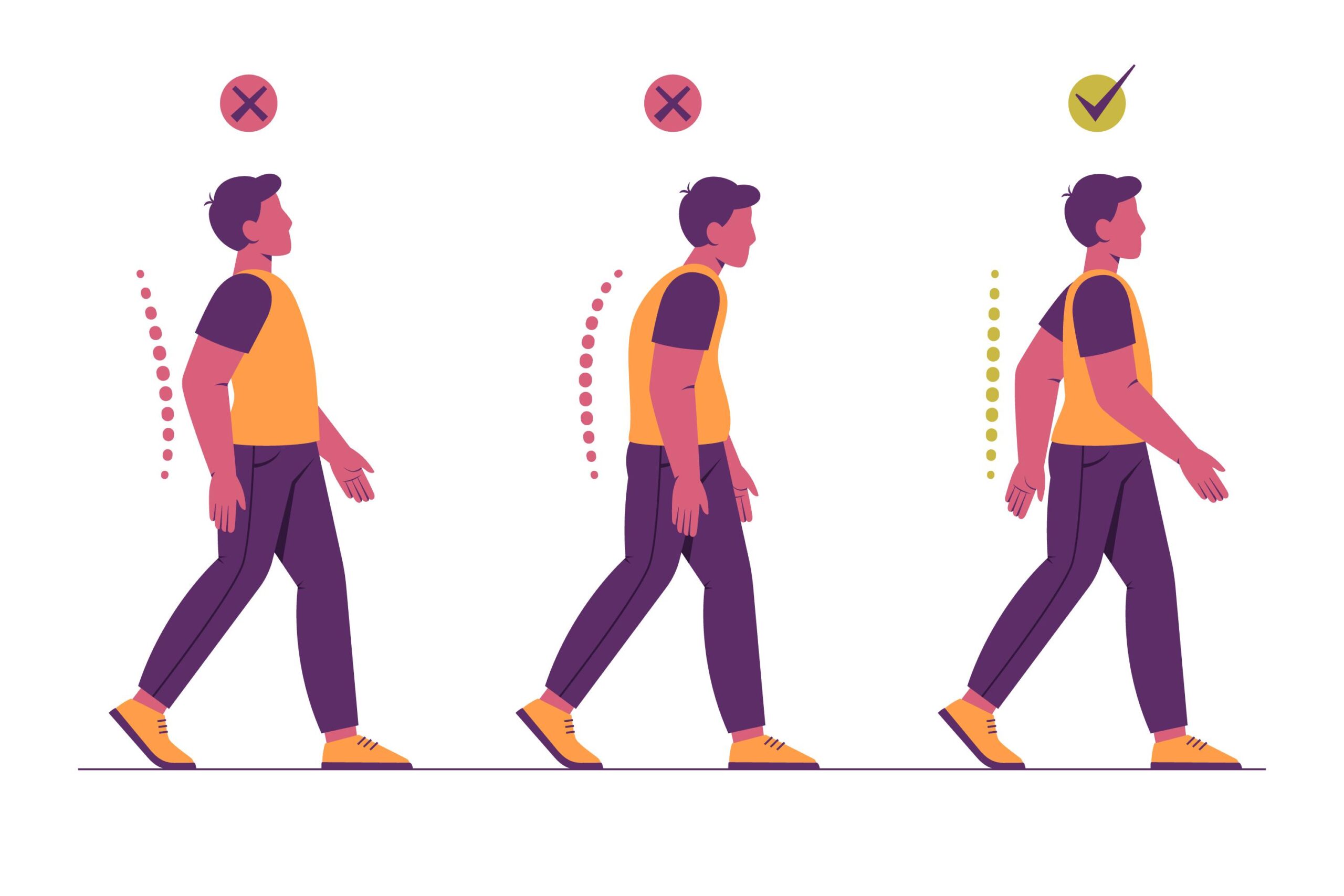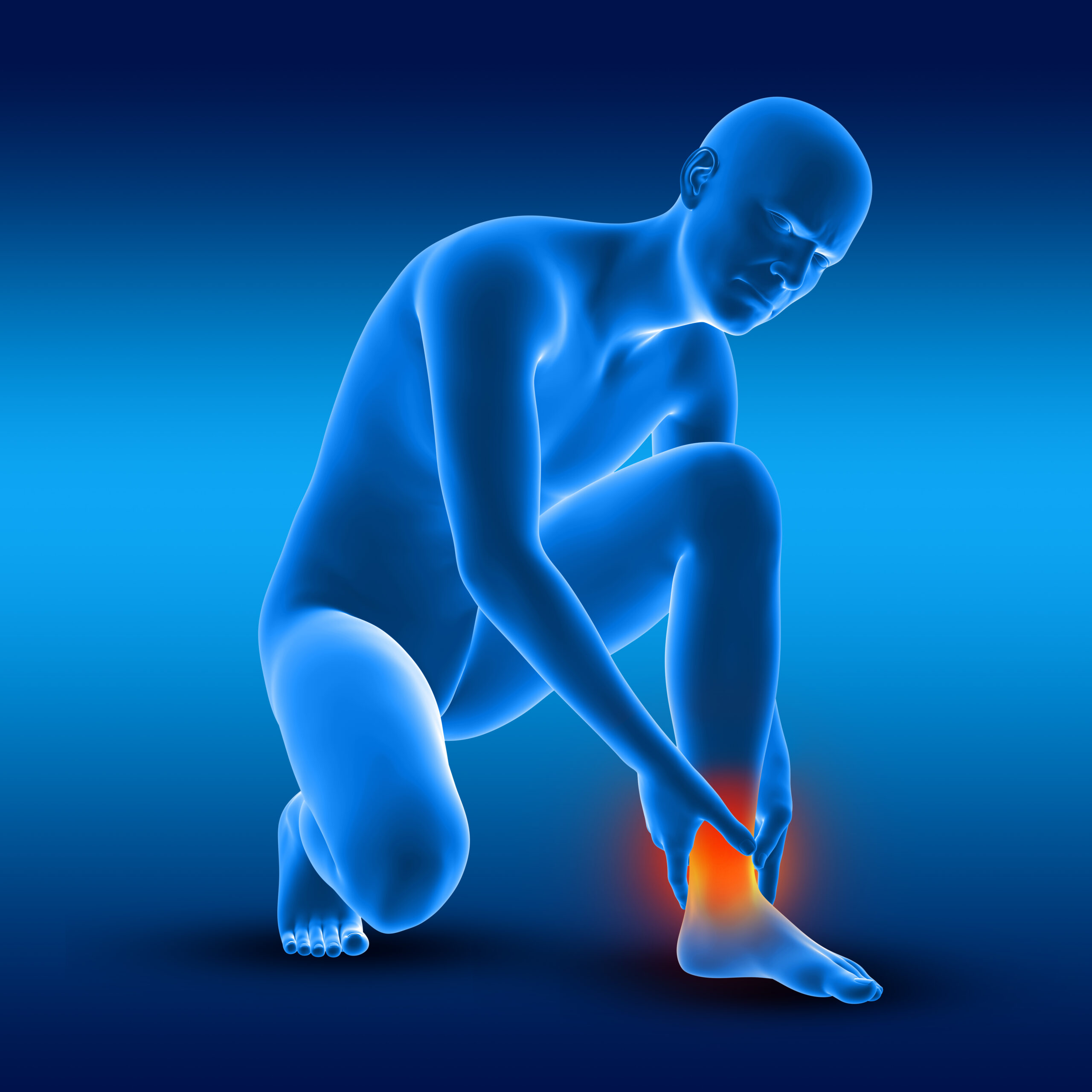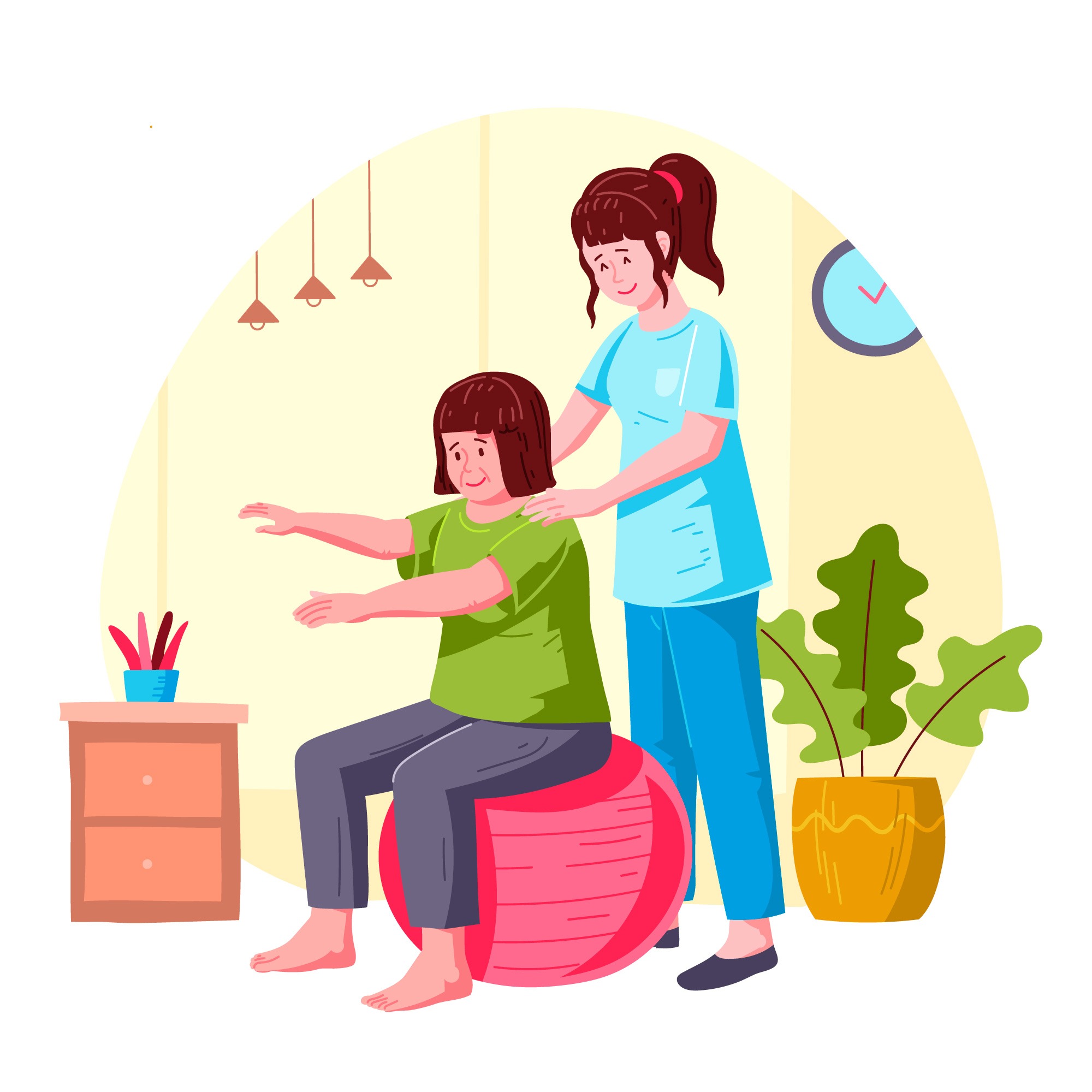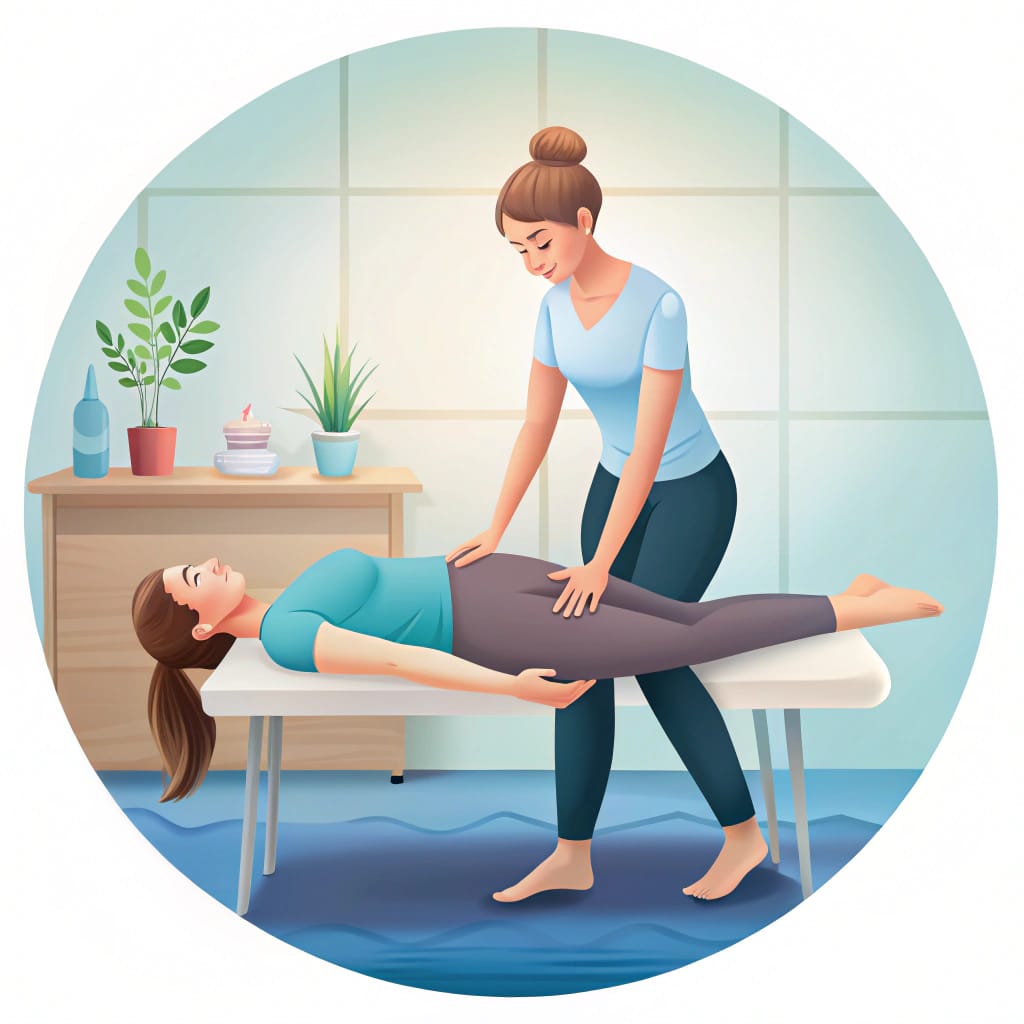Good posture is important for overall health and well-being because prolonged or frequently adopted postures can lead to negative outcomes for workers, such as reduced performance and increased recovery time.
Postures are a necessary result of undertaking working activities but the constraints the impose on these activities are not overtly recognised. The forms which these constraints can take are discussed, as well as the likely outcomes for a worker arising from long held or frequently adopted postures. Methods for the recording and evaluation of postures and their effects are described. Research into the relationships between the extent of and holding times for postures and the effects of various recovery times are discussed. Where a maximal postural effort has a recovery period of twelve times the length of the time the posture was held, only about 80% of the initial performance can be expected. Full recovery requires rest periods in excess of 1200% of working time.
Long-held working postures can limit a worker’s performance by 80%, with full recovery requiring over 1200% of working time. [1]
1.1 The Impact of Poor Posture on Musculoskeletal Health
Poor posture, hand position, and repeated work movements are ergonomic variables associated with musculoskeletal disorders among visual display terminal workers. [2] Bad standing and sitting postures can cause pains in muscle and connective tissues, and excessive increases of intradiscal pressure. [3]
Poor posture was diagnosed in 38.3% of school children, more frequently in boys, and was associated with headaches, pain in the cervical and lumbar spine, and increased body mass index levels. [4]
Poor posture, especially in the lumbar spine and pelvis, may contribute to low-back pain by creating concentrations of stress. [5] Poor body posture leads to many health issues. Incorrect posture problems, which range from back pain to fatigue may rise up and affect our daily activities. The Nowadays maximum population suffers from back pain, injuries, neck pain and shoulder problems etc., hence a need to develop a device is increased. [6]
1.2 How Does Posture Affect Breathing and Digestion?
Posture has a significant impact on both breathing and digestion. Different postures can affect the activity of abdominal muscles involved in breathing, such as the external oblique abdominis, internal oblique abdominis, and rectus abdominis muscles. [7] For example, the SEK position (sitting-with-elbow-on-the-knee) leads to lower expiratory activity in the internal oblique abdominis muscle compared to other positions.[8]
Additionally, posture can influence the activation of abdominal muscles during breathing tasks, with the standing position resulting in higher internal oblique abdominis muscle activity. [9] In terms of digestion, postprandial body posture can impact the transit time of
food through the digestive system and the absorption of dietary carbohydrates. The supine position has been found to promote faster orocecal transit time and better absorption of dietary carbohydrates compared to the sitting position. [10] These findings highlight the importance of considering posture in understanding the mechanisms of breathing and digestion.
1.3 The Relationship Between Posture and Mental Health
Maintaining poor posture for prolonged periods of time, especially under high mental workloads, can lead to reduced Heart Rate Variability (HRV) and increased stress levels, which in turn increases the risk of cardiovascular health disorders such as heart attacks and strokes. Poor posture has been shown to decrease both visceral and respiratory/circulatory function and increase neuro-musculoskeletal system stress, affecting physical and psychological development.
Modifying one’s posture can improve both physical and psychological health problems, as seen in a study on school-refusing students. Additionally, a study on bipolar disorder participants found that postural dynamics were associated with illness burden variables, suggesting a relationship between posture and mental health in this population . Therefore, there is evidence to suggest that posture is related to mental health, and improving posture can have positive effects on both physical and psychological well-being. [11]
1.4 Tips for Maintaining Proper Posture Throughout the Day
To maintain proper posture throughout the day, there are several tips that can be followed. Firstly, using a posture device that includes a tilt sensor can help monitor and remind the wearer to maintain good posture. Additionally, using a device specifically designed to support the chest and maintain correct posture can be beneficial, especially when coupled to the edge of a desk or table.
It is important to be aware of the negative effects of incorrect posture, such as forward head and shoulder postures, and to actively work on correcting and strengthening the muscles associated with good posture. Finally, for individuals working from home, it is crucial to have proper ergonomic seating and back support to prevent prolonged periods of sedentary work and potential back and neck pain. [12]
1.5 Postural Exercises and Stretches for Improved Alignment
Postural exercises and stretches have been shown to improve alignment in various populations. For children with secondary sexual characteristics, a postural intervention consisting of muscle stretching and activities to orient spinal curvature improved postural alignment and mental health. In hyperkyphotic elderly individuals with a history of falls, a
corrective exercise program based on the Alexander posture correction technique resulted in significant improvements in postural alignment, balance, postural stability, and fear of falling.
A global corrective exercise intervention (GCEI) including core and postural training was effective in improving sway back posture in healthy young adults. The Pilates method has also been found to positively impact postural alignment in healthy adults, leading to improvements in head and body alignment and a reduction in pain. Additionally, a rehabilitation exercise system with stretching and strengthening exercises improved static and dynamic sitting postural balance by reducing differences in body pressure distribution and trunk muscle activity. [13]
1.6 Ergonomic Considerations: Posture at Work and Home
Ergonomic considerations for posture at work and home are important for maintaining health and reducing the risk of musculoskeletal complaints. Studies have shown that the shift to remote work during the COVID-19 pandemic has led to both positive and negative impacts on workers’ health. Postures vary more in home offices compared to traditional offices, potentially increasing the risk of health issues. Evaluating the office environment and implementing improvement measures can help create a good home office environment. Analysis of working postures, metabolic energy expenditure, and lower back analysis can help identify ergonomic problems and suggest solutions.
Common ergonomic issues encountered when working from home include the use of unergonomic chairs, incorrect sitting postures, and poor desk designs. These issues can lead to burnout, cumulative trauma disorders, and stress on the cervical spine and neck. Proposed solutions include ergonomic checklists, webinar sessions, and involvement of employers or the government in procuring ergonomic equipment. Comparisons between home office workstations and ergonomically optimized workstations have shown minor differences in the upper extremities, with the latter having reduced ergonomic risk values. [14]
1.7 Addressing Postural Issues in Different Age Groups
Postural issues in different age groups require a multidisciplinary and interdisciplinary approach to prevention, diagnosis, and treatment. Good fundamentals of posture and balance are essential for efficient movement, and postural control mechanisms involving visual, vestibular, and foot afferential channels contribute to maintaining balance.
Traumatic injuries can induce various types of postural disorders, and the structure of somatic dysfunctions varies with age and type of postural disorder. Age-related changes in postural control can result in falls and injury, making it important to compare balance characteristics among different age groups. Proprioceptive postural strategies differ among elderly, middle-aged, and young individuals, with elderly individuals showing a
higher dependence on postural control of certain muscles. Aging impairs the ability of the central nervous system to process sensory signals for maintaining balance, leading to increased postural sway in the elderly. [15]
1.8 The Role of Posture in Injury Prevention and Rehabilitation
Posture plays a crucial role in injury prevention and rehabilitation. Incorrect posture and inadequate repetitive movements can lead to long-term body damage. Musculoskeletal disorders are prevalent worldwide, and a sedentary lifestyle and lack of physical activity contribute to postural imbalances and degenerative-dystrophic diseases.
Recognizing and evaluating a patient’s posture and physical actions are essential for their rehabilitation and restoration of motor abilities. The postural control system, including the center of mass and center of pressure, is responsible for maintaining balance and compensating for deviations.
Postural dysfunctions can be corrected through motor function evaluation and early rehabilitation based on ergonomic sports posture. Preventive-diagnostic examinations can detect skeletal and muscular imbalances at an early stage and guide the selection of appropriate procedures and recommendations for eliminating negative body movements. Overall, understanding and addressing posture are crucial for injury prevention and effective rehabilitation. [16]
1.9 Common Postural Problems and Their Solutions
Postural problems are a common issue that can cause pain and functional limitations. The prevention and correction of postural defects can be achieved through various approaches. One approach is through postural education programs in schools, which have been found to be effective in transforming students’ postural habits and expanding teachers’ knowledge. Another approach is the integration of corrective exercises during physical education classes, as well as the role of sport and physical activity in maintaining good body posture and correcting existing defects.
Additionally, a multidisciplinary and interdisciplinary team is required for the approach to postural dysfunctions, with specific rehabilitation treatment interventions tailored to different age groups. Understanding the dynamics of posture and the characteristics and etiology of common postural faults is also important for managing posture and treating postural dysfunctions. By considering these approaches and principles, it is possible to address common postural problems and find suitable solutions. [17]
1.10 The Long-term Benefits of Consistent Good Posture Practices
Consistently practicing good posture has long-term benefits for individuals. Good posture helps reduce the risk of musculoskeletal injuries and permanent distortions, which can interfere with the body’s efficient functioning. It also allows for mechanically efficient functioning of joints, minimizing friction, balancing tensions of opposing ligaments, and equalizing pressures within the joints, leading to minimum wear and tear.
Additionally, good posture promotes proper alignment of the spine, preventing misalignment and associated problems such as back pain, sore muscles, and improper lung function. Over time, maintaining good posture can lead to improved proprioceptive function and decreased visual dependence on postural control. Therefore, consistently practicing good posture can contribute to a healthy quality of life, especially as one ages. [18]
References :
- Corlett, E., & Manenica, I., 1980. The effects and measurement of working postures.. Applied ergonomics, 11 1, pp. 7-16 . https://doi.org/10.1016/0003-6870(80)90115-5
- Bergqvist, U., Wolgast, E., Nilsson, B., & Voss, M., 1995. Musculoskeletal disorders among visual display terminal workers: individual, ergonomic, and work organizational factors.. Ergonomics, 38 4, pp. 763-76 .https://doi.org/10.1080/00140139508925148
- Grandjean, E., & Hünting, W., 1977. Ergonomics of posture–review of various problems of standing and sitting posture.. Applied ergonomics, 8 3, pp. 135-40 . https://doi.org/10.1016/0003-6870(77)90002-3
- Kratěnová, J., Žejglicová, K., Malý, M., & Filipová, V., 2007. Prevalence and risk factors of poor posture in school children in the Czech Republic.. The Journal of school health, 77 3, pp. 131-7 . https://doi.org/10.1111/J.1746-1561.2007.00182.X
- During, J., Goudfrooij, H., Keessen, W., Beeker, T., & Crowe, A., 1985. Toward Standards for Posture: Postural Characteristics of the Lower Back System in Normal and Pathologic Conditions. Spine, 10, pp. 83-87. https://doi.org/10.1097/00007632-198501000-00013
- http://Chopra, S., Kumar, M., & Sood, S., 2016. Wearable posture detection and alert system. 2016 International Conference System Modeling & Advancement in Research Trends (SMART), pp. 130-134. https://doi.org/10.1109/SYSMART.2016.7894504
- Vijaypal, Arya., Ashok, Valluri., Kalpana, Arya, Gupta., Swarn, Arya., Martin, Lesser. (2015). Sequential Posture Change Fastens Gastric Emptying of Large Volume Bolus Intake of Normal Saline: A Pilot Study. Digestive Diseases and Sciences, Available from: 10.1007/S10620-015-3556-5
- Takeshi, Kera., Hitoshi, Maruyama. (2005). The effect of posture on respiratory activity of the abdominal muscles.. Journal of Physiological Anthropology and Applied Human Science, Available from: 10.2114/JPA.24.259
- Effect of Breathing Pattern and Posture on Abdominal Muscle Activation and Intra-abdominal Pressure. Available from: 10.21203/rs.3.rs-2019561/v1
- Ana, Lúcia, de, Magalhães., Leal, Chiappetta. (2013). CLINICAL EVALUATION OF THE RELATIONSHIP OF POSTURE, BREATHING AND SWALLOWING IN CHRONIC-STATE POST-STROKE PATIENTS: CASE REPORT Avaliação Clínica da Relação Entre Postura, Respiração e Deglutição em Paciente Pós- Acidente Vascular Cerebral na Fase Crônica: Relato de Caso.
- Lavanya, Govindan., B., Vaishali., V., Sricharan., S, P, Preejith., Mohanasankar, Sivaprakasam. (2022). Impact of Posture on Heart Rate Variability of Individuals under Mental Workload Conditions. Available from: 10.1109/SEGAH54908.2022.9978565
- Evan, Hoffman., Shaun, Fogarty. (2007). Arrangement for and method of maintaining proper posture.
- Bruna, Krawczky., Míriam, Raquel, Meira, Mainenti., Antonio, G., Pacheco. (2016). The impact of pilates exercises on the postural alignment of healthy adults. Revista Brasileira De Medicina Do Esporte, Available from: 10.1590/1517-86922016220615395
- Nancy, L., Black., Samuelle, St-Onge. (2022). Measuring pandemic home-work conditions to determine ergonomic recommendation relevance.. Work-a Journal of Prevention Assessment & Rehabilitation, Available from: 10.3233/wor-210726
- Raoul, Saggini., G, P, Anastasi., S, Battilomo., P., Maietta, Latessa., G, Costanzo., F, Di, Carlo., Felice, Festa., G, Giardinelli., F, Macrì., L, Mastropasqua., M, Nardone., G, Nicoletti., A, Orsini., M, Pastorelli., R, Pellegrino., M, Trevisan., L, La, Mesa., A, M, Le, Pera., M, G, Privitera., G, Ralli., Ciro, Villani., B, Bricot., R, G, Davidson., A, Hassdenteufel., Z, M, Hawamdeh., G, J, Kleinrensink., E, Matheron., V, L, Stoev., S, Stratulat., S, Tiron., P, Villeneuve., Teresa, Paolucci., Rosa, Grazia, Bellomo. (2021). Consensus paper on postural dysfunction: recommendations for prevention, diagnosis and therapy.. Journal of Biological Regulators and Homeostatic Agents, Available from: 10.23812/20-743-A
- Dhruv, Agarwal., Donna, Thomas. (2020). Posture and Activity Analysis for Patients in Rehabilitation. International Journal of Advance Research, Ideas and Innovations in Technology,
- Marta, Motow-Czyż., Aneta, Orczyk., Marek, Orczyk. (2014). Postural defects correction in the process of physical education and sport.
- Julie, Swann. (2009). Good positioning: the importance of posture. Nursing and residential care, Available from: 10.12968/NREC.2009.11.9.43734




